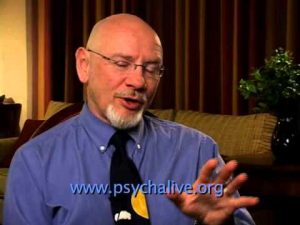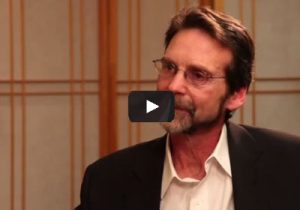VIDEO: Dr. Allan Schore on How to Help Children Regulate Their Emotional States
Watch an excerpt from PsychAlive’s interview with Dr. Allan Schore.
Dr. Allan Schore explains how to optimize a child’s capacity to regulate their own emotional states.
Dr. Allan Schore: The right hemisphere is in an early growth spurt from the last trimester of pregnancy through the second year of life, which overlaps perfectly all of the developmental attachment experiences. And as a result of the attachment bond of emotional communication between the primary care giver and the infant, you’re either getting an optimal context in which there is a secure attachment or you’re getting something less than an optimal context.
This matter of normal development — we’re now focusing more and more, we’re realizing — has more to do with emotional development, social development, more so than cognitive development, etc. And especially the ability to communicate emotional states to other human beings, so that they can be interactively regulated, and that ultimately in the first year of life the growing capacity of the child to be able to now regulate their own emotional states.
In the first year, the emotional states vary from joy to depression to loss, etc. but, again, the key we’re looking at is, because the brain is still immature, because it’s going to double or triple in size over the first year and a half, because it is still immature, the baby is unable to regulate (emotional) states, especially negative states, distressing states. And for this, therefore, it needs the interactive regulation of the caregiver.
And if that caregiver is sensitive to the baby’s emotional states, this allows the baby to start to feel safe, to explore the world. But more importantly, in a sense, it also optimizes the connections within the right brain.
The right brain – if the left is dominant for language, the right is dominant for the processing of emotions, for affect regulation, for processing information that is coming up from the body and for non-verbal communication, etc. So these aspects are now seen to be critical.
Tags: child communication, child emotional health, children, children and emotions, communication with children, emotion in kids, emotional resilience









Leave a Reply